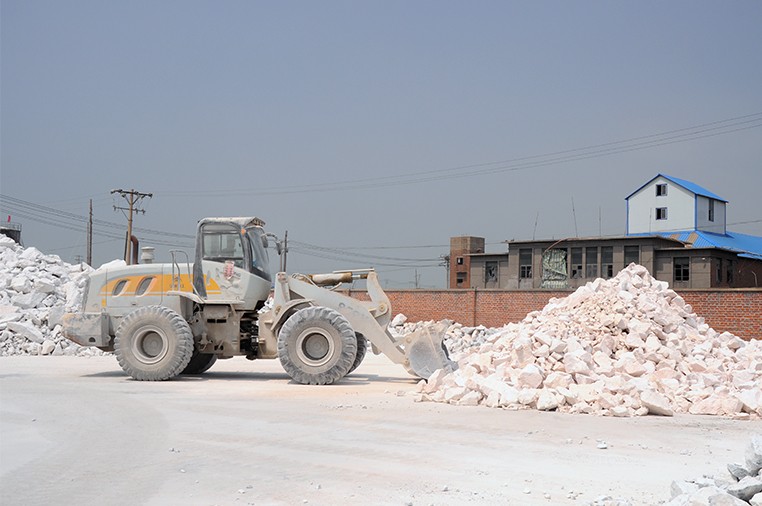High-alumina bricks are commonly used to produce MgO-Cr2O3 series products. The important raw materials are magnesia, chrome ore and synthetic magnesia-chrome sand, sometimes with a little additive. Sintered magnesia and fused magnesia with different MgO content (generally more than 89%) can produce many kinds of magnesia-chrome products with different Cr2O3 content in combination with refractory grade chrome ore, chrome concentrate, sintered or fused magnesia-chrome sand (sometimes with a little chrome green). The key points of the production process of high-alumina bricks are: the content of MgO in the ingredients is controlled to account for 60% - 70%, and the content of Cr2O3 is controlled to account for 8% - 12%. A typical inspection formula of high-alumina brick is: Xinjiang chromite 2.0-0.mm, 25-35%; Magnesia 3.0-0.mm, 40-45%; Magnesia fine powder, 20% - 30%. The mixing, forming and drying of high-alumina bricks are the same as those of magnesia bricks. In the process of production, the following points should also be paid attention to, except for weighing the chemical background.
(1) Practice demonstration of the effect of the ratio of chromite and magnesia on chromium-magnesia refractories shows that when the ratio of chromite and magnesia is 50:50, the products have high thermal shock stability. With the increase or decrease of chromite and magnesia, the thermal stability decreases. When the content of chromite is too high, the ability of products to resist the effect of iron compounds at 1650 ℃ will significantly decline. Chromite particles can form a solid solution with Fe2O3, resulting in rapid volume expansion, resulting in explosive expansion of products. The higher the content of chromite in the ingredients, the more serious the explosion phenomenon. The adjustment of magnesia content in ingredients can enhance the slag resistance of products.

(2) The effect of matrix mineral synthesis on the function of products the important mineral synthesis of magnesia-chrome products are periclase and spinel. The matrix part is synthesized from silicate. The important minerals in silicate matrix are M2S, CMS, C3MS2, etc. In addition to M2S, CMS and C3MS2 are low melting point minerals, so the CaO content in raw materials should be restricted and the matrix minerals in bricks should be produced into high fire-resistant M2S.
(3) Influence of atmosphere properties When magnesia-chrome refractories are fired in reducing atmosphere, at 650 ℃, the solid phase contrast of MgO in fine magnesia powder replacing FeO in coarse chromite spinel has occurred, and the volume reduction is about 24.3%. Such large volume reduction will cause burning cracks. In the combined atmosphere, FeO in the chromite has been combined to form Fe2O3 at 500 ℃, forming (Fe, Cr) 2O3 solid solution, with a volume reduction of 1.5%, and Fe2O3 is synthesized by FeO replaced by MgO in the combined atmosphere, and then magnesium ferrite is formed with MgO. The overall volume expansion of the two substrates is only 6.6%. Therefore, chromium-magnesia refractory should be fired in a weak atmosphere.
Generally, because chromium ore contains cheap iron, the residual carbon is not easy to burn out in preheating when it is formed with sulfuric acid paper pulp waste liquid as the binding agent. Large fire path should be reserved for the stacking bricks of high-alumina bricks, to moderately reduce the density of the stacking bricks, and to mobilize the heating speed of the bricks in the preheating zone. The firing temperature of high-alumina bricks is generally between 1550 and 1600 ℃. On the premise of ensuring the shape accuracy of products, the firing temperature should be as high as possible.